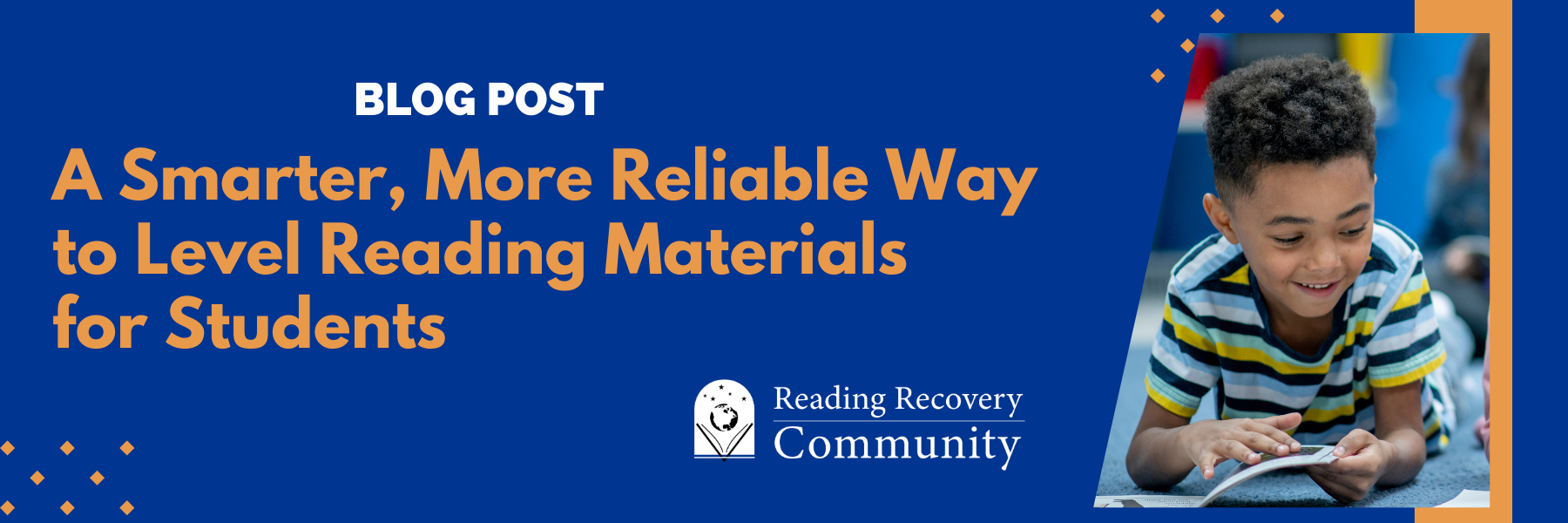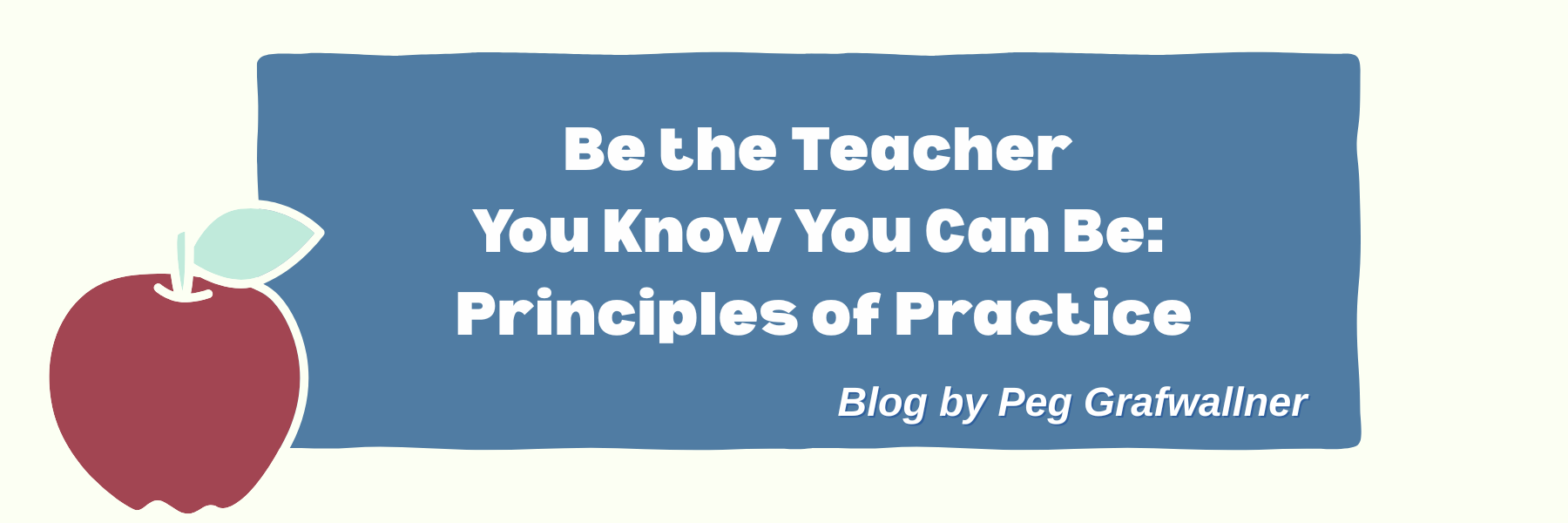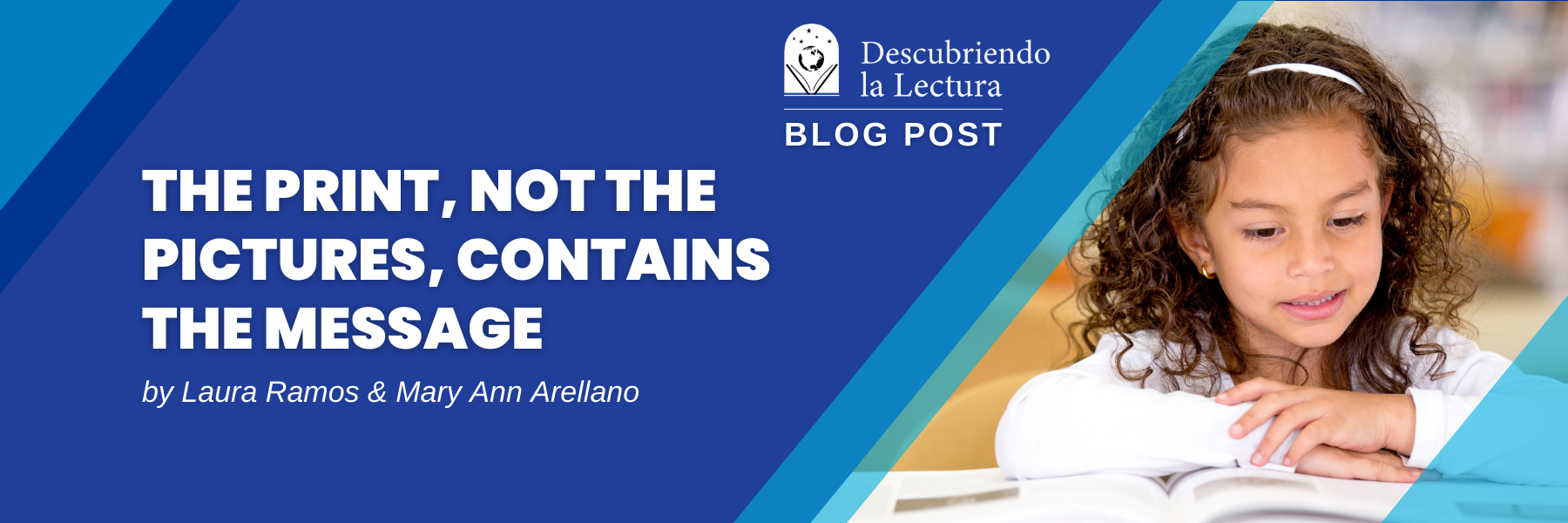Dr. Sam’s Advice for the Start of the School Year: Follow the Child, not the Program
________________________
Getting your literacy program off to a good start.
For the past five years, I’ve advocated for a centrist approach to literacy instruction. That means using ideas, practices, and programs from all sides. What should that look like as we start the school year? What that should look like is allowing teachers to follow both the Art and Science of reading instruction.
First, teachers should take care to directly and explicitly teach the students strategies they need for both decoding and comprehension. That means using a gradual release model. Most importantly, that means making sure strategy instruction goes beyond naming strategies or applying strategies. Strategy instruction needs to include helping students INTERNALIZE AND USE THE STRATEGIES. A simple way to check whether this is happening is to periodically ask students to share what strategies/combinations of strategies they’ve used lately. That thought —that they need to learn to use combinations of strategies — is often overlooked. However, it is supported by research going back as far as the NRP report.
Explicit, systematic phonics instruction should be a necessary but not sufficient component of each district’s literacy program. It can take the form of a synthetic phonics program. For most students, that is the program that best works for them. It should also systematically teach them orthographic knowledge and how to use it to unlock words. Take care about program implementation. There is some research indicating that when teachers teach orthography, students often fail to learn it and, most importantly, fail to use it. Make certain that any program you adopt does. I’ll say more about this in a minute.
There are two problems.
- First, the exclusive mandated use of synthetic phonics programs has produced unclear results. Too often, what happens is that decoding improves, but comprehension does not. Read the research from England. Read the research from the United States indicating that reading achievement scores have remained flat for decades, including the era since the SOR movement has taken hold. As a matter of fact, NAEP scores dropped last year. Check out what folks like Bowers, Johnson, Thomas, Wyse, and Bradbury have reported about the research cited in the current rush to use what some call SOR. In addition to these critics, some folks in the SOR community have championed alternatives to OG-style synthetic phonics, such as linguistics-based phonics. Programs using that form of phonics have consistently outperformed the more traditional OG-based phonics. Also, check out what Seidenberg has said about OG and its limits and limitations. A close look at ALL the research will indicate that it is far from settled science. Choosing what form of phonics program to use is often a buyer-beware situation.
- Second, some students thrive on using an analytic approach to phonics rather than a synthetic phonics approach. Yet, despite this, these students are often denied access to this approach. The Achilles’ heel of the analytic approach is that it is sometimes done in a way that is not systematic. There is a simple fix to that problem. When using “follow the child” schemes like those advocated by folks like Billy Molasso, teachers need to track what sounds have been taught and periodically fill in any gaps that may arise. As a centrist, I strongly advocate ensuring that children have access to all forms of phonics so that the program can fit each child’s needs. Well-designed three-tiered instruction can allow this to happen. So…, my advice around this issue is simple. Make sure you fit the students’ phonics instruction to what each student needs. Make sure that both synthetic and analytic phonics instruction is available to students as needed. Both these forms of instruction can scaffold students to use the orthographic information readers need to decode text effectively. LINK, LINK
Motivation matters. Recently, there has been some pointed criticism of SOR programs regarding motivation. Teaching reading should be done in a way that encourages the student to want to read. Rasinski’s research around repeated reading and his newly minted Fluency Development Lesson provides instruction that builds fluency and comprehension while motivating students of all ages to want to read. Work by folks like Eric Litwin, Ann Chase, Chase Young, and David Harrison has clearly demonstrated the efficacy of using music, poetry, and Readers’ Theatre to develop the fluency skills readers need. When I am asked what to do for older readers who have not yet developed their sound-symbol knowledge, I often recommend that teachers investigate ways to use music, poetry, and Reader’s Theatre to build that information. It is a win/win situation since the readers not only develop the needed sound-symbol knowledge but are also motivated to use it to read.
Wide reading in self-selected material matters. Somewhere in the rancor of the current debate about reading instruction, an important fact has been ignored. Wide reading in self-selected texts builds readers’ background knowledge, which is crucial to reading comprehension and builds a student’s vocabulary. In the process of reading self-selected materials that the student finds relevant to their lives, students’ reading improves.
Finally, remember that building background knowledge is necessary but not sufficient to teach comprehension LINK, LINK. There are decades of research demonstrating that teaching students to UNDERSTAND AND USE comprehension strategies does dramatically improve students’ reading. Even SOR advocates like Shanahan have pointed out the flaws in Willingham’s suggestion that teachers spend less time teaching comprehension strategies LINK.
I could add more things to the to-do list for getting off on the right foot this school year, but I think I’ve given you a good starter set of ideas. I’m currently lining up other educators to talk about how to get literacy instruction off to a good start. At the end of the day, my answer to that remains: use practices informed by all the research. That includes direct, explicit instruction in both decoding and comprehension, balancing the time spent on decoding and comprehension instruction LINK, and making motivation a key component in all that you do. I hope you have a wonderful start to your school year.
Until next week, Happy Reading and Writing.
Dr. Sam Bommarito (aka, the guy in the middle taking flak from all sides)
____________________________________________________________
About the Author
Dr. Bommarito is retired from full-time teaching after a 51-year career in education. That career included teaching at almost every grade from K through graduate school. He taught reading courses to teachers at both the graduate and undergraduate levels. He’s made numerous presentations at ILA (formally IRA) conferences, including national conferences. In spring 2022, he was a featured speaker at the LitCon conference. Most of his career was spent working in Title 1 buildings as a reading specialist and/or staff developer. Those buildings were often highly successful, as demonstrated by national awards from the Secretary of Education In addition, He twitters daily about his various literacy endeavors (@DoctorSam7).












